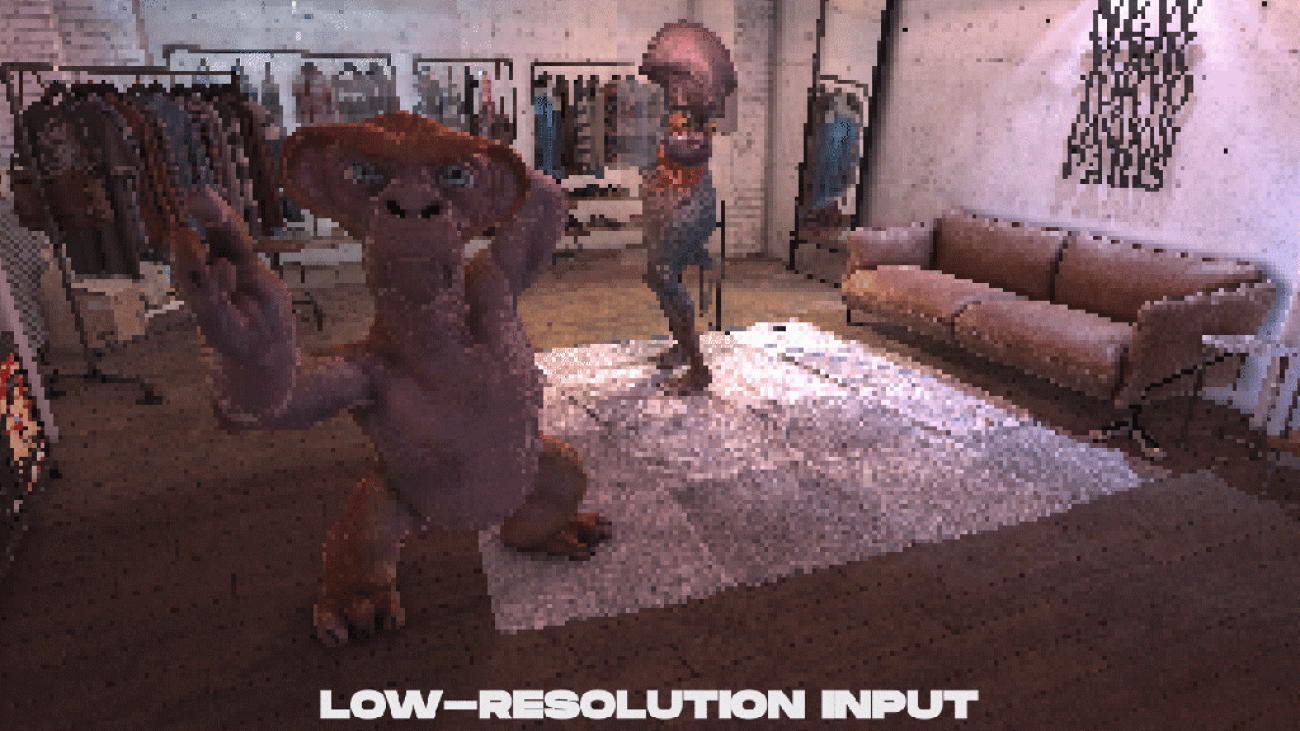Naomi Shiffman runs Academic & Research partnerships at CrowdTangle. Brandon Silverman is the CEO of CrowdTangle.
Supporting independent research through data access, training, and resources is critical to understanding the spread of public content across social media and to providing transparency into Facebook’s platforms. That’s why we’re excited to announce that CrowdTangle has now opened a public application for university-based researchers and academics.
CrowdTangle is a public insights tool from Facebook that makes it easy to follow, analyze, and report on what’s happening across social media. CrowdTangle started a pilot program in 2019 to partner with researchers and academics and help them study critical topics such as racial justice, misinformation, and elections. In addition to launching an online application, we’ve built a new hub with information about all Facebook data sets that are available for independent research.
CrowdTangle’s public application for researchers
Over the past year, CrowdTangle has been expanding its program for academics and researchers in beta. In that time, CrowdTangle has been used by researchers to study everything from Russian-linked influence operations in Africa to the spread of misinformation in European elections. Over 250 research teams at universities across the globe currently use the tool to support their research work, and more than 50 research publications have cited CrowdTangle data in the past year. The Stanford Internet Observatory recently shared how their work using CrowdTangle helped lead to a takedown of 76 accounts across 6 countries.
Now, we’re making more of this type of work possible by opening applications to university-based researchers at the faculty, PhD, or post-doctoral level, and who are focused on misinformation, elections, COVID-19, racial justice, and well-being. If accepted, researchers will receive access to all of CrowdTangle’s tools and API, as well as training and resources to support their research.
“CrowdTangle gave us a much more in-depth understanding of the content we were researching,” says Fabio Giglietto, Associate Professor, University of Urbino. “Thanks to CrowdTangle, we now know a lot more about coordinated inauthentic link sharing strategies, and have even more new hypotheses that we want to test.”
“In our digitally connected, ‘permanently online’ world, understanding the modern world requires a thorough academic examination of digital communication spheres,” says Lena Frischlich, University of Munster. “CrowdTangle offers user-friendly ways for studying public communication relatively fast, while, at the same time, providing customization options that allow for theory-driven academic research. Plus, the support team is really great.”
Learn more about CrowdTangle’s work with academics and researchers here.
Researchers can now find all data available to them in one centralized hub
We’ve also published a new hub where independent researchers can access all available Facebook data sets across CrowdTangle, the Ad Library, the Facebook Open Research Tool (FORT), and Data for Good. The hub also includes details on what data are available in each set and how to access them, so researchers can select the right fit for their work quickly and efficiently.
We’re excited to provide these new resources to the research community and help provide more transparency into the spread of public content across Facebook’s platforms.
The post CrowdTangle opens public application for academics appeared first on Facebook Research.






